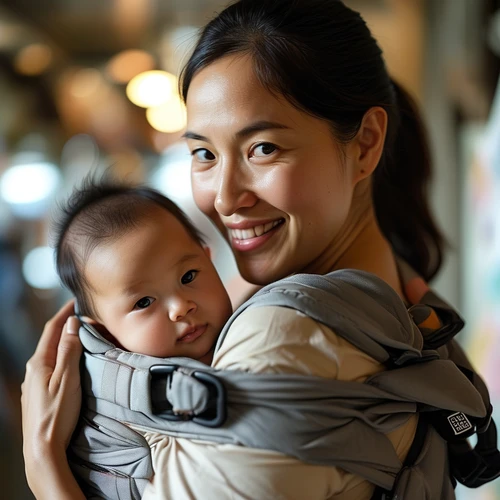Attachment parenting is a philosophy that focuses on promoting strong emotional bonds between parents and their children. It was brought to prominence by pediatrician William Sears in the 1970s, emphasizing responsive care and sensitivity to a child's needs.
The core principles of attachment parenting include:
- Birth bonding: Promoting early skin-to-skin contact between parents and newborns
- Breastfeeding: Advocating for extended nursing based on the child’s cues, rather than fixed schedules
- Baby wearing: Carrying babies close to the parent's body using a sling or carrier
- Bedtime proximity: Keeping infants and young children near parents during sleep hours by co-sleeping or room-sharing
- Child-centered weaning: Allowing children to self-regulate the weaning process rather than forcing it at a specific age
The ultimate goal of attachment parenting is fostering secure attachments that promote emotional and social well-being as children grow. This philosophy also supports parents in responding with empathy and patience, creating nurturing environments where children feel safe to explore and learn.
Critics argue that these practices may challenge modern lifestyles or even contradict professional medical advice on sleep safety. However, many attachment parenting advocates note how responsiveness builds resilient adult relationships.


